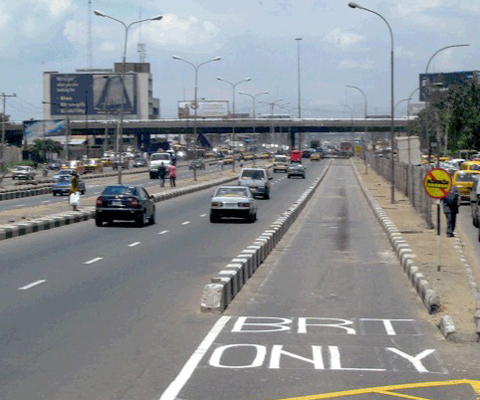Well, given that people who work at Pearson are employed at Pearson and people who are employed at Pearson tend to work at Pearson I would expect the amount of people employed at Pearson would equal the number of people who work there.
I'm not sure if you were being smart or if you didn't see the typo, but I meant to compare the amount of people that work at Pearson to the amount of people that fly out of Pearson each day.
If it was just as fast and cheaper, I see no reason why people wouldn't take buses. Toronto is uniquely well suited to this, given how developed the 427 & 401 corridors are. Even in cities with exceptional rail systems (London, Hong Kong, Tokyo, Kansai), buses are highly competitive for low budget travelers, offering point-point trips with many locations. Railways tend to cater to business travelers, a la Blue22.
You can't split the demographic in two like that, rich to rail and poor to busses. Poor people or "low-budget travelers" would be able to afford a subway (actually, subway would be more affordable than an airport Go bus or airport express bus.) There are also plenty of "business travelers" that take the bus because it can be express, or they're comfortable coaches, or even because it's cheaper.
Because it is almost universally more sensible to modify surface routes to serve subways than building subways to serve surface routes. One costs hundreds of millions of dollars and is permanent, the other will run more or less wherever we tell it to run.
Yes, but only to some degree. It doesn't make sense to divert a route kilometers just so it can hit a subway station. If you're using that logic, Yonge should have stayed at Eglinton and all the Steeles, Finch, Sheppard, York Mills and Lawrence busses should have funneled into a big Yonge BRT.
Who said anything about tunneling a BRT? The original plan for Eglinton West was to run a transit way along the Richview lands. I don't think tunneling is practical.
It
is possible that I actually meant "funneling" instead of "tunneling." And if you're asking by what I mean when I say funneling, I'll tell you.
It means that it would make sense for every N-S rider along the western end of the City would be piling into Jane & Eglinton Station. Especially if you put a big BRT/Transitway to the station, it's just asking for a mass buss terminal. Essentially, it could recieve the entire ridership of the western leg of the B-D on one station. I think that's one thing that people don't understand. Certainly in Etobicoke, Eglinton would intercept every N-S bus route, and since it gets people on real RT faster, people will naturally head on it unless they work in southern Etobicoke. It'll also attract plenty of new transit commuters, both by local coverage, and also that it's now only a 2 km bus ride to the subway instead of 6. So it's ridership could easily be close to that of the B-D, and that's not even taking into account the massive development potential all along the Richview corridor. Adding that it goes to the airport, and adding that it hooks up with the Mississauga transitway, it's gonna get a lot of traffic heading everywhere at almost all times of the day.
Again, if you think it makes sense to put even more pressure on the route, then fine. I doubt that many people would be interested in going from MCC along a BRT for over 16 kilometers just to transfer onto the subway for another half an hour to get downtown.
As sort of an aside, transit advocates need to be careful about what they say. Eventually you get to the point where what you say verges from sensible public policy to fanaticism. A subway from Jane to YYZ would be in the 2-3b range. That is a huge, massive, amount of money for a line with quite mediocre ridership potential. If we put that money into a prudent portfolio, the interest payments alone would equal about 50% of the TTC's current operating deficit. Network 2011 went to great lengths explaining why Eglinton West would operate quite well as a busway and didn't need a subway. The only reason the subway version got moving was to evenly distribute spending, a dubious basis for spending in an amalgamated City of Toronto.
I'd really like to know your definition of "mediocre ridership potential." A subway from Jane to YYZ would vary depending on the route and building choice, but it could easily hover around 2b, which I think is hardly a big determent considering how important the route can be. Before I get the big lecture on how money doesn't grow on trees, blah blah blah, I'd like to point out the service that it provides, and that assuming the eastern sections is not built until later funding, the line would come out pretty much even with the LRT.
















